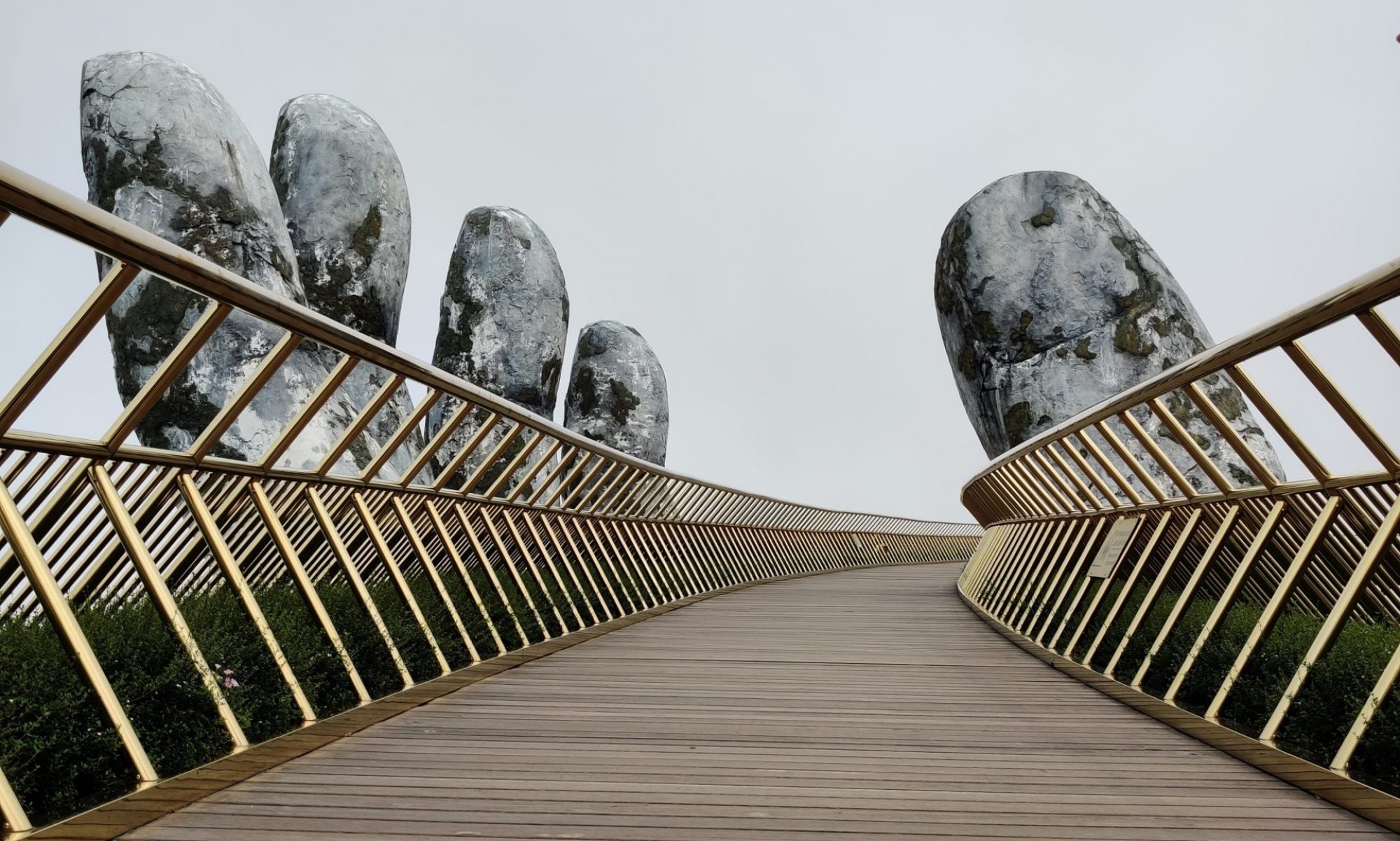
Jesus has come to Jarius’ house to see about his daughter, whom Jarius left on her deathbed to seek for Jesus’ help. As Jesus arrives, He sees flute players and a crowd – all the signs that she is has not only died, but has been dead long enough for the family to call friends and family and to start formally mourning. It would’ve been at least a few hours, likely the better part of a day. Knowing He was to raise her, He tells the crowd to go away. As Matthew puts it, “After the crowd had been put outside, he went in and took the girl by the hand, and she got up. News of this spread through all that region.”
Matthew’s Gospel is beautifully understated. Matthew does not tell us what Jesus said, the details of her age or how the girl began walking around. Nor does Matthew speak of her parent’s reaction, nor Jesus’ further instructions. The fuller story can only be pieced together by merging Mark’s, Luke’s and Matthew’s accounts. But the details that Matthew leaves out are not necessary to his purpose for writing the Gospel.
Matthew wants his readers to grasp the big picture without unnecessary distraction, and the big picture of this short episode is that Jesus raised the dead! That such news spread all through the region is a given. Even though Jesus had “gave strict orders not to let anyone know about this.” Those who saw the girl after the fact (perhaps even the professional mourners who had been playing dirges for the family) could not help but see her playing in the street later. Jesus had visited her, and this girl who had been dead, and who everyone knew was dead, was made alive!
Every Jewish reader would have known that raising the dead is not something that the average prophet could do. In fact, Ezekiel had not done that. Jeremiah had not done that. Isaiah had not done that. Even Samuel and Noah and Abraham didn’t do such things. Jesus has just done what only the prophets Elijah (in 1Ki 17) and Elisha (in 2Ki 4) had done, and no one else in the history of the world prior. That is a very big deal indeed! It far overshadows all the details involved, because it speaks to God’s approval and participation in a particularly powerful way.
More than that though, in Jesus’ case it also added tremendous credibility to His message. He had been preaching that the Kingdom of heaven was near. The signs Jesus has performed to date – the preaching to the poor, the sick that were made well, and the miracle of the paralytic walking – are but lead ups to this greater evidence of the Kingdom of heaven: The dead are raised!
One must not get so caught up in the tremendous excitement of the miracle that we forget to look at the full picture. When the Kingdom of heaven is finally fully and physically established here on earth, “There will be no more death or mourning or crying or pain, for the old order of things [will have] passed away.” All that Jesus does – His preaching, His ministering and His miracle-work – is toward that very end. He (Jesus) will bring it to that conclusion. When He does, the joy we have at one miracle will be magnified a trillion-fold, and the glory of Christ will finally be fully realized by His people.
Amen.
We mourn for our present lot, we are comforted in hope: when the present is passed by, of our mourning will come everlasting joy, when there will be no need of consolation, because we shall be wounded with no distress.
Augustine of Hippo
APPLICATION: Worship
God is coming back soon, and bringing His recompense with Him. What joy shall fill our hearts on that final day!

